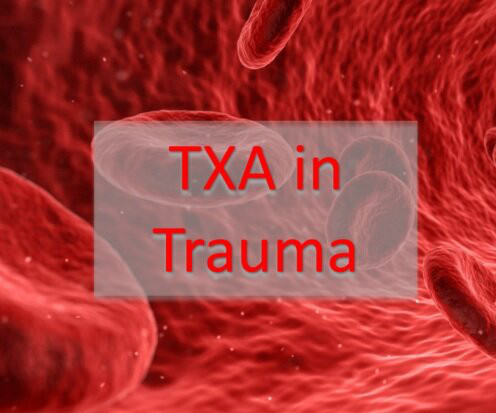Journal Club - Tranexamic Acid in Trauma
Downeast Emergency Medicine
APRIL 26, 2021
We know that if administered too rapidly, it can lead to hypotension and other adverse effects including seizures, headaches, backache, abdominal pain, nausea, vomiting, diarrhea, fatigue, pulmonary embolism, deep vein thrombosis, anaphylaxis, impaired color vision, and other visual disturbances.[1] Lastly, the use of TXA is not without risk.













Let's personalize your content